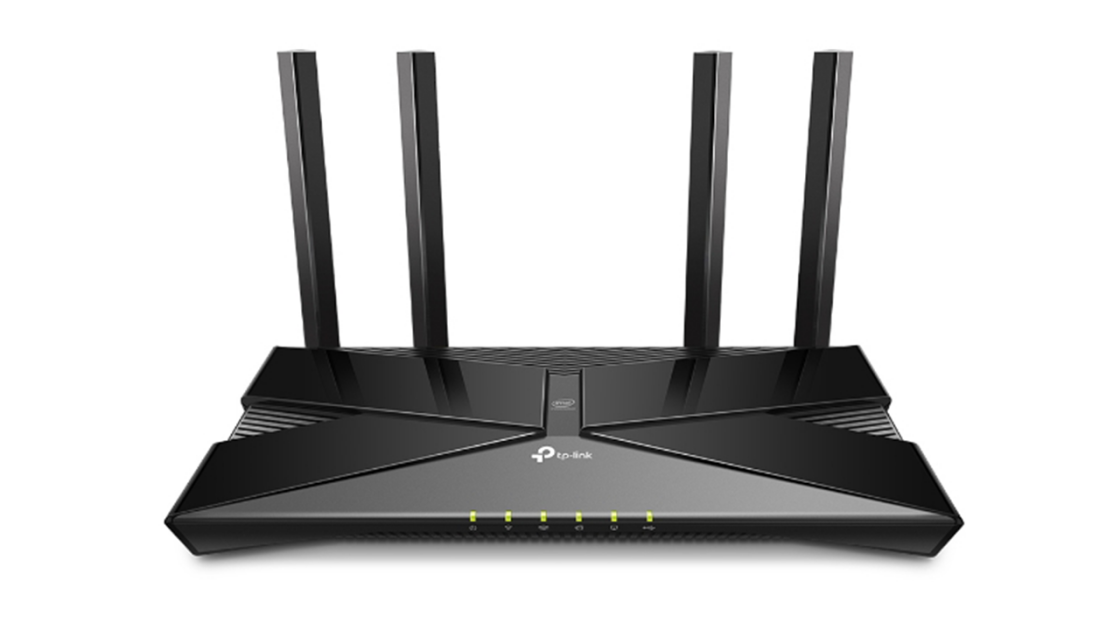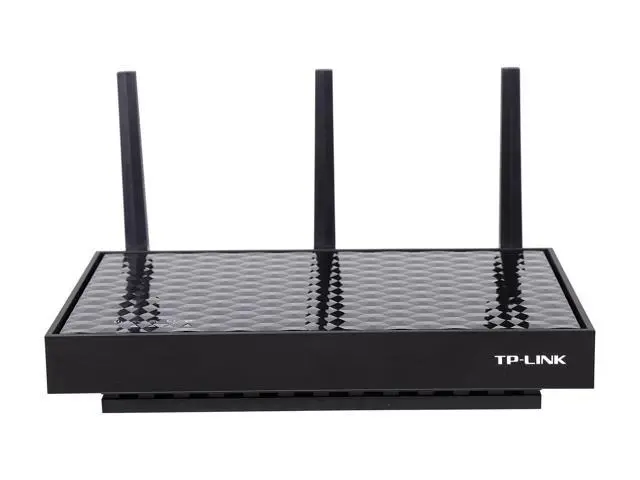Learn about networking devices as we unravel the functionalities of routers and access points. Gain insights into their roles, differences, and how they contribute to building a robust network infrastructure.

In our exploration of networking concepts, it’s time to shine a spotlight on two essential components that form the backbone of network infrastructure—Routers and Access Points. Let’s delve into their roles, differences, and how they collaborate to create seamless connectivity.
 TP-Link Archer AX50 router
TP-Link Archer AX50 router
A router is a fundamental networking device responsible for directing data traffic between different networks. Whether it’s your home network, a corporate setup, or the vast expanse of the internet, routers play a pivotal role in ensuring data reaches its destination efficiently through the fastest and easiest route.
Packet Forwarding: Routers examine data packets, determine their destination based on IP addresses, and forward them to the appropriate network.
Network Address Translation (NAT): Routers translate private IP addresses within a local network into a single public IP address, enabling devices within the network to communicate with external servers.
Firewall Protection: Many routers include built-in firewalls to monitor and control incoming and outgoing network traffic, enhancing security.
 TP-Link AP500 AC1900 Wireless Gigabit Access Point
TP-Link AP500 AC1900 Wireless Gigabit Access Point
While routers manage wired connections, Access Points (APs) extend connectivity to wireless devices. They serve as bridges between wired and wireless networks, facilitating seamless communication for devices like laptops, smartphones, and tablets.
Wireless Signal Transmission: Access Points transmit and receive wireless signals, allowing devices equipped with Wi-Fi capability to connect to the network.
SSID Management: APs manage Service Set Identifiers (SSIDs), essentially the network names, providing a way for users to identify and connect to specific wireless networks.
WPA/WPA2 Encryption: To secure wireless communication, Access Points implement encryption protocols like WPA/WPA2, safeguarding data from unauthorized access.
In a typical network setup, routers and access points work in tandem. Routers manage traffic, ensure data reaches its destination, and handle security at the network level. Access Points, on the other hand, extend the network’s reach by providing wireless connectivity, enabling devices to connect without physical cables.
Understanding the roles of routers and access points is crucial for anyone navigating the complexities of networking. In our next exploration, we’ll delve into advanced networking techniques, so stay tuned for more insights into the ever-evolving world of networking.

CyberScourge Hub is your go-to source for in-depth insights into networking, cybersecurity, and technology trends. For more engaging content and updates, explore our Tech Blog and join the conversation on GitHub.